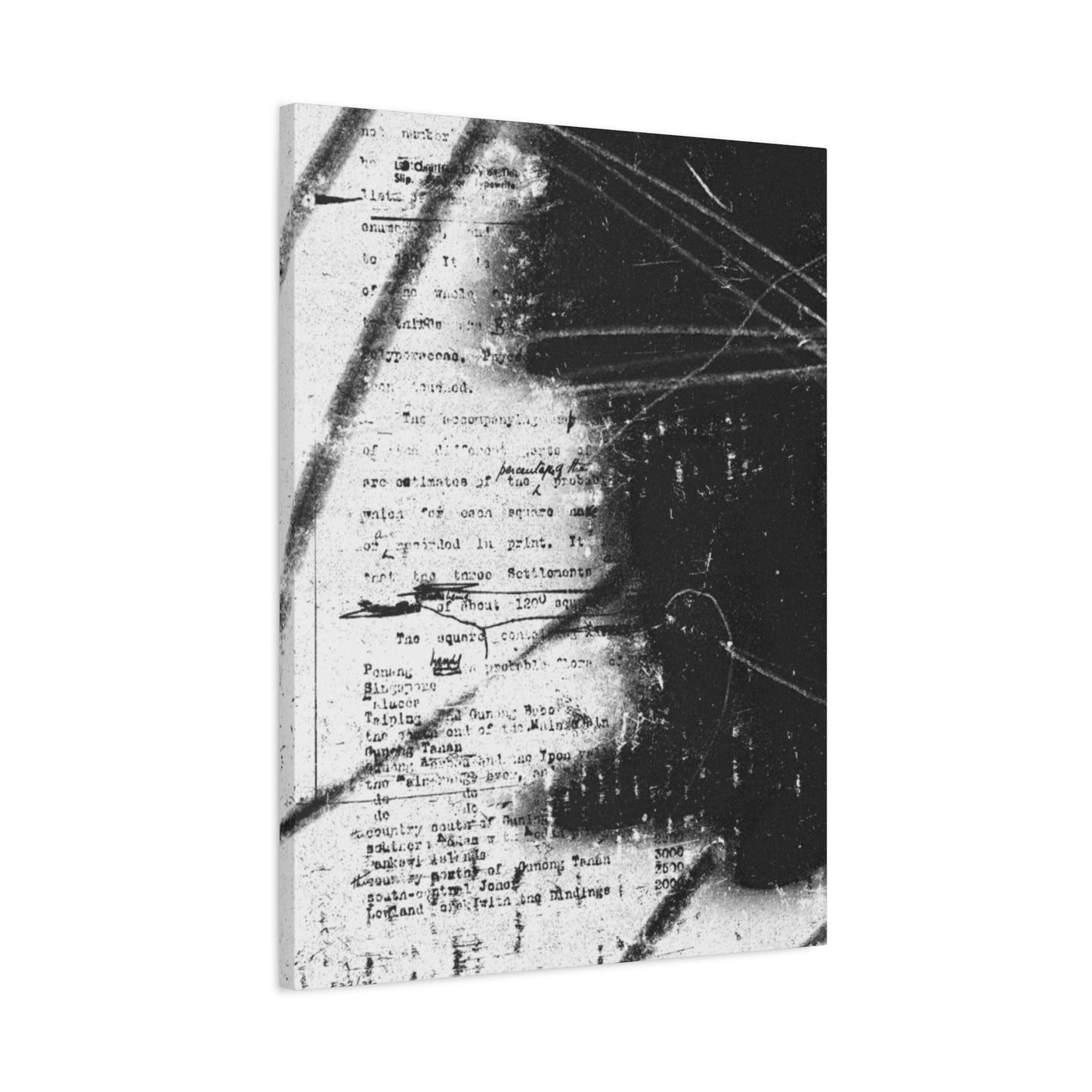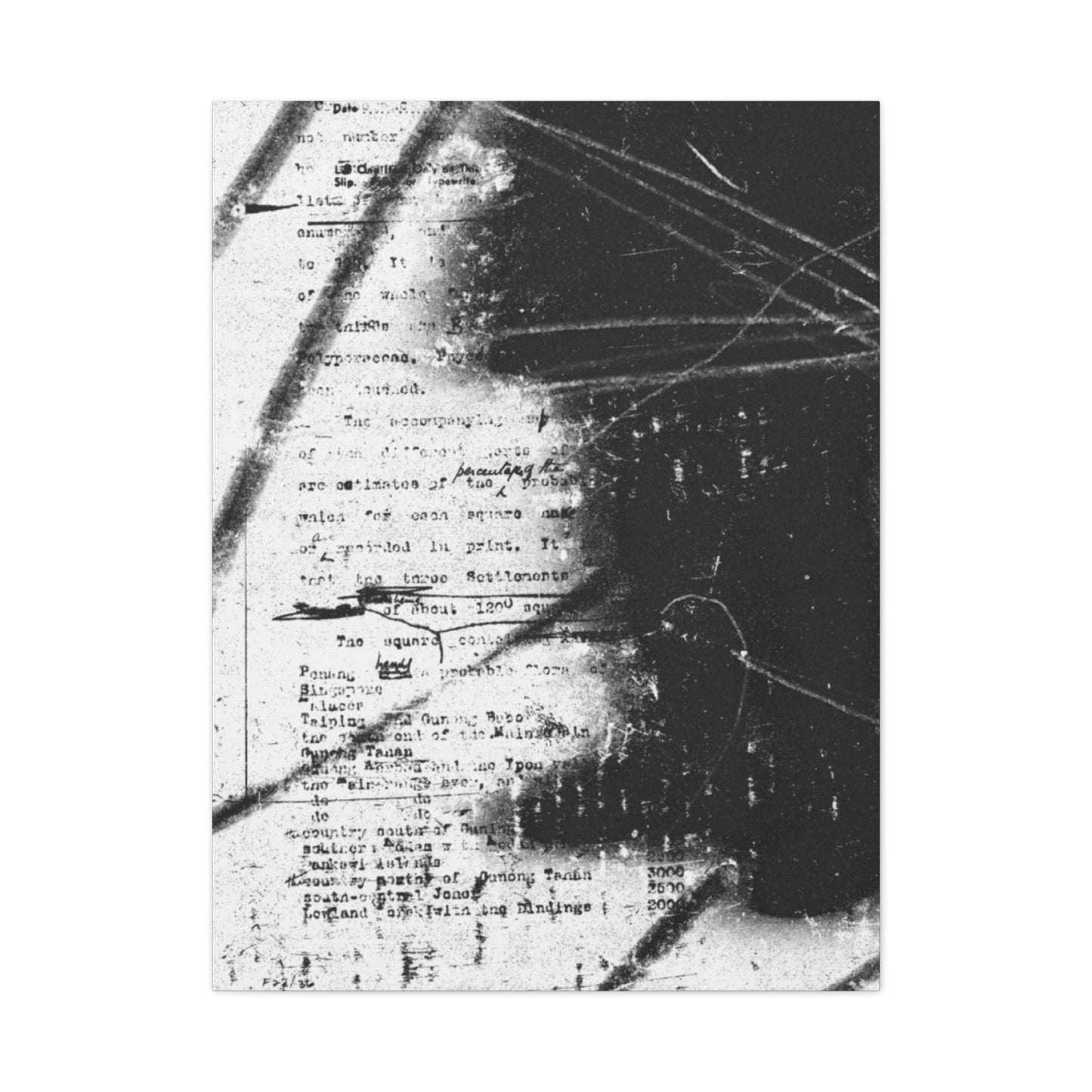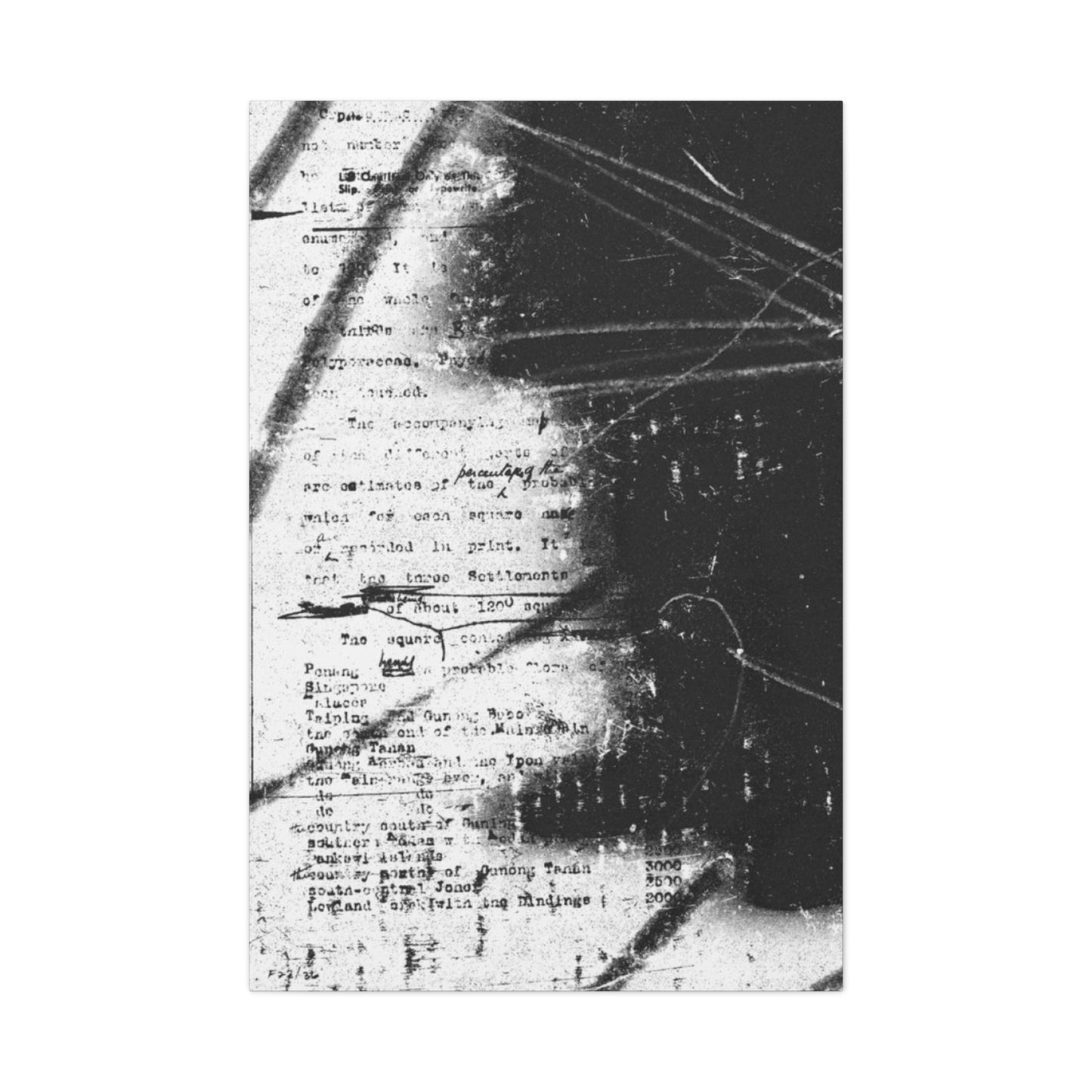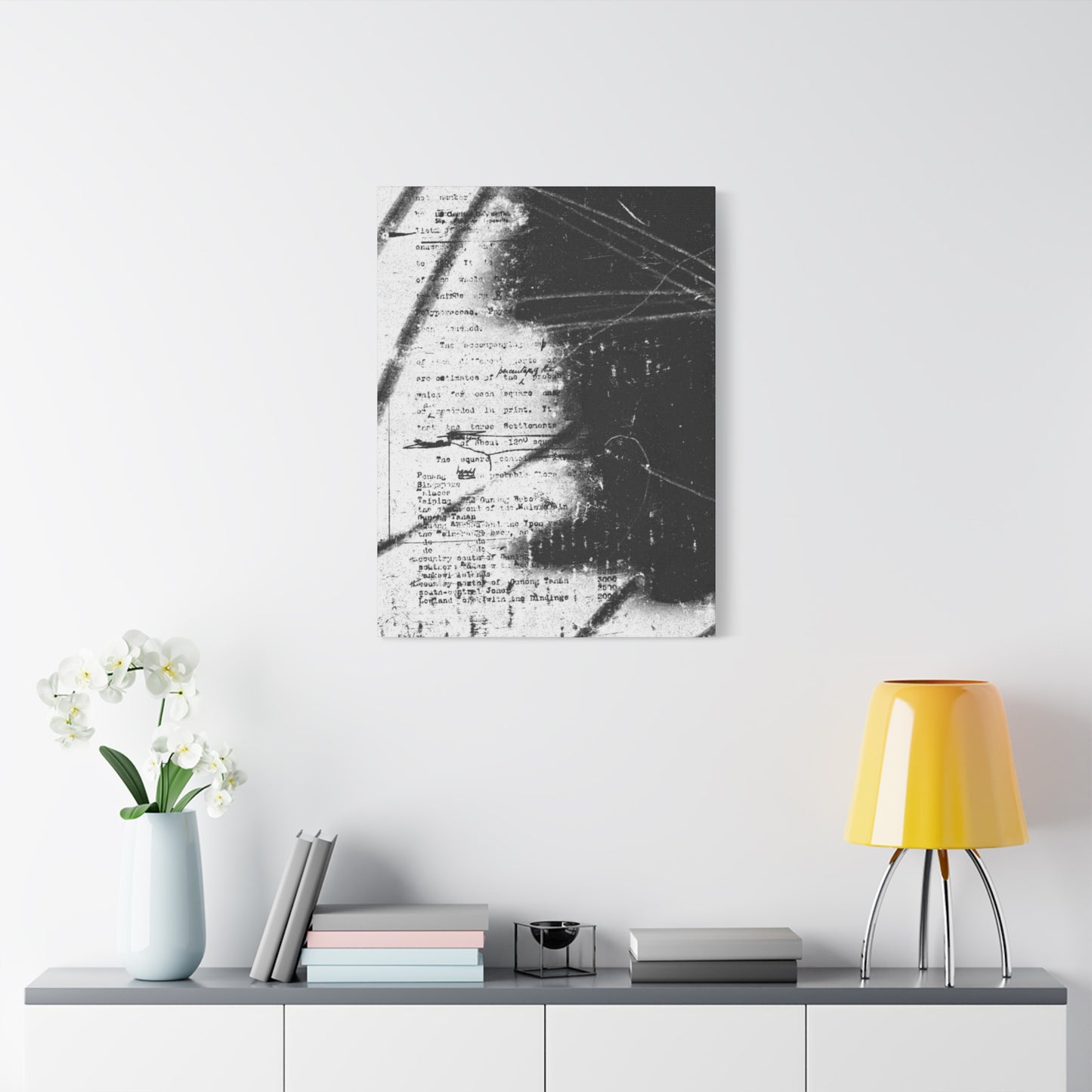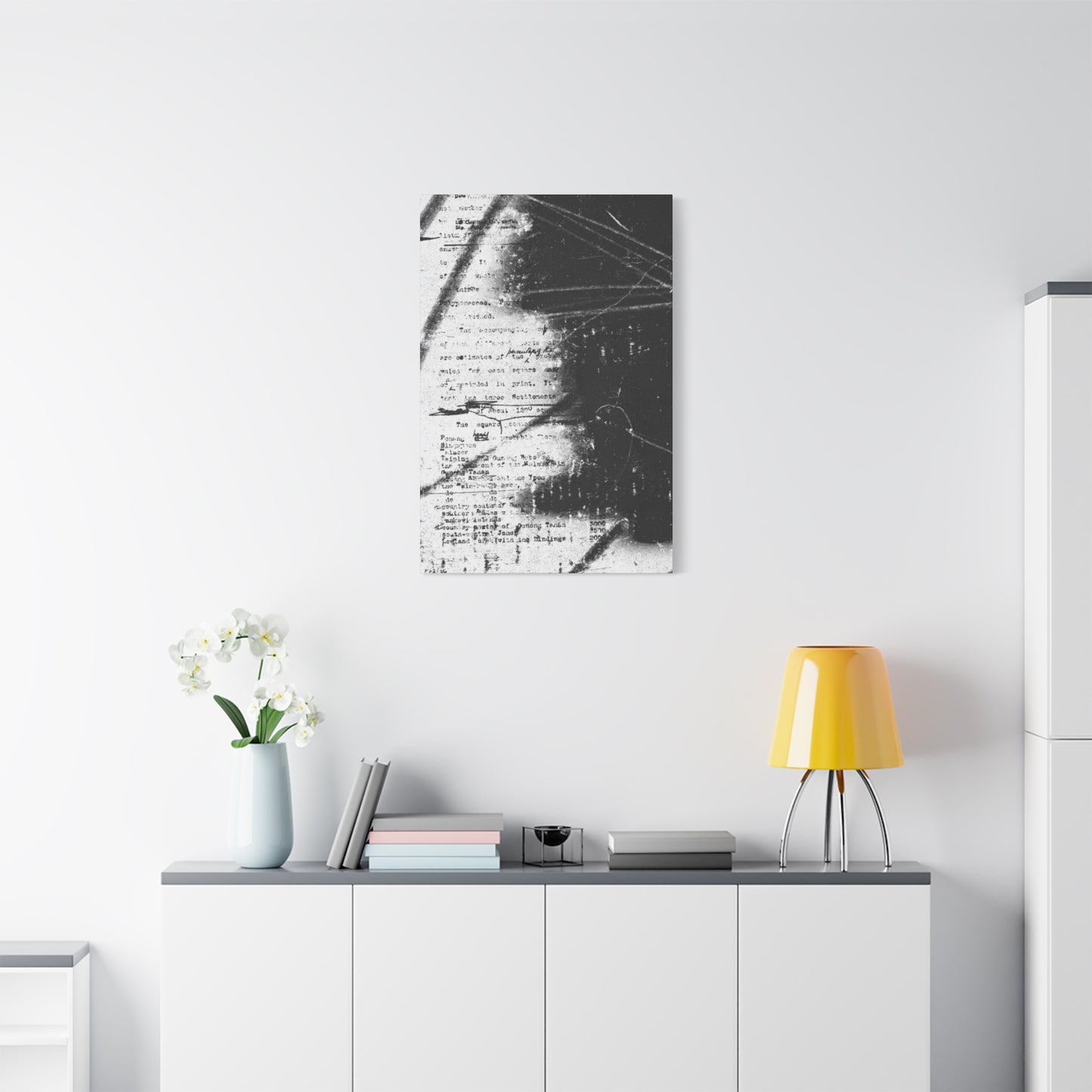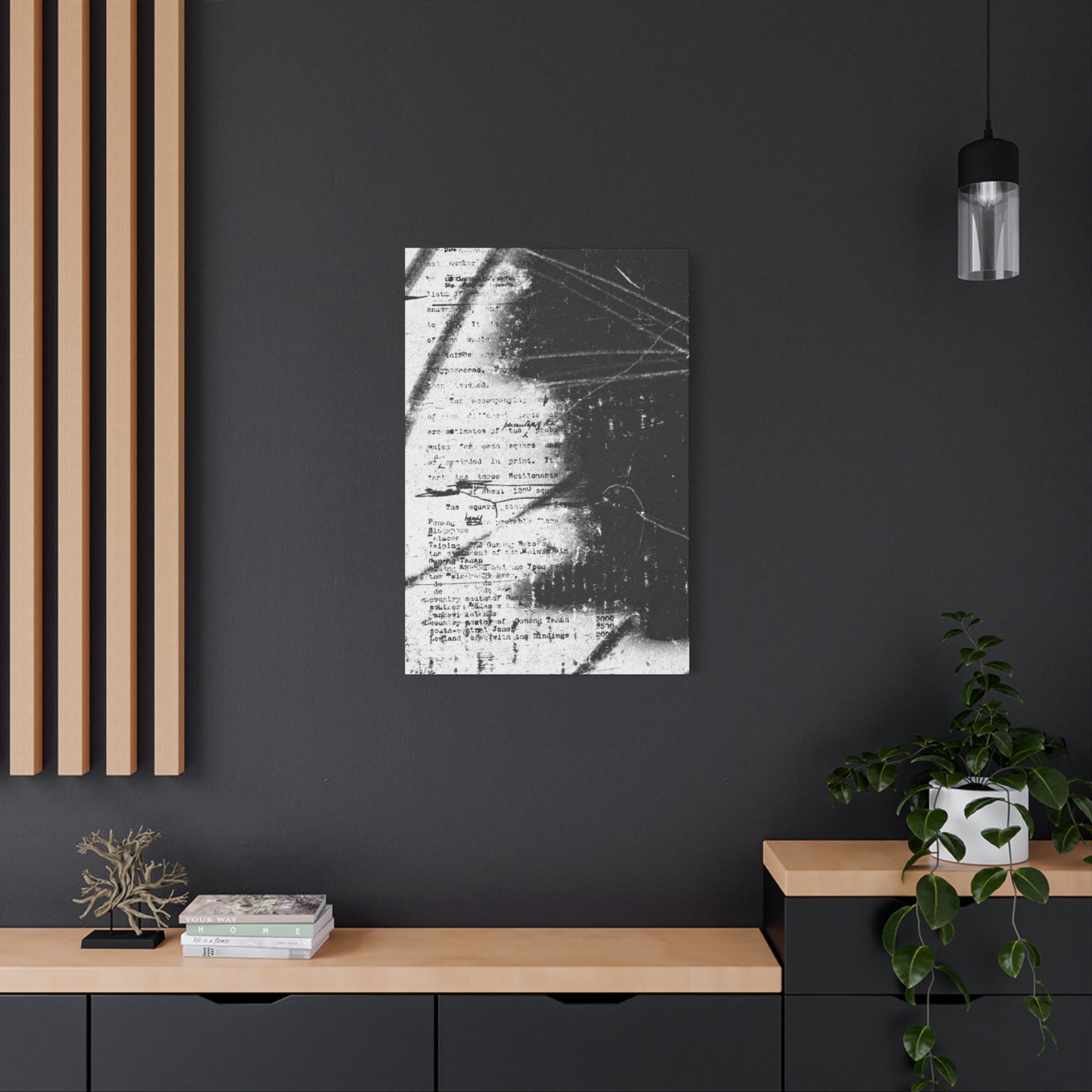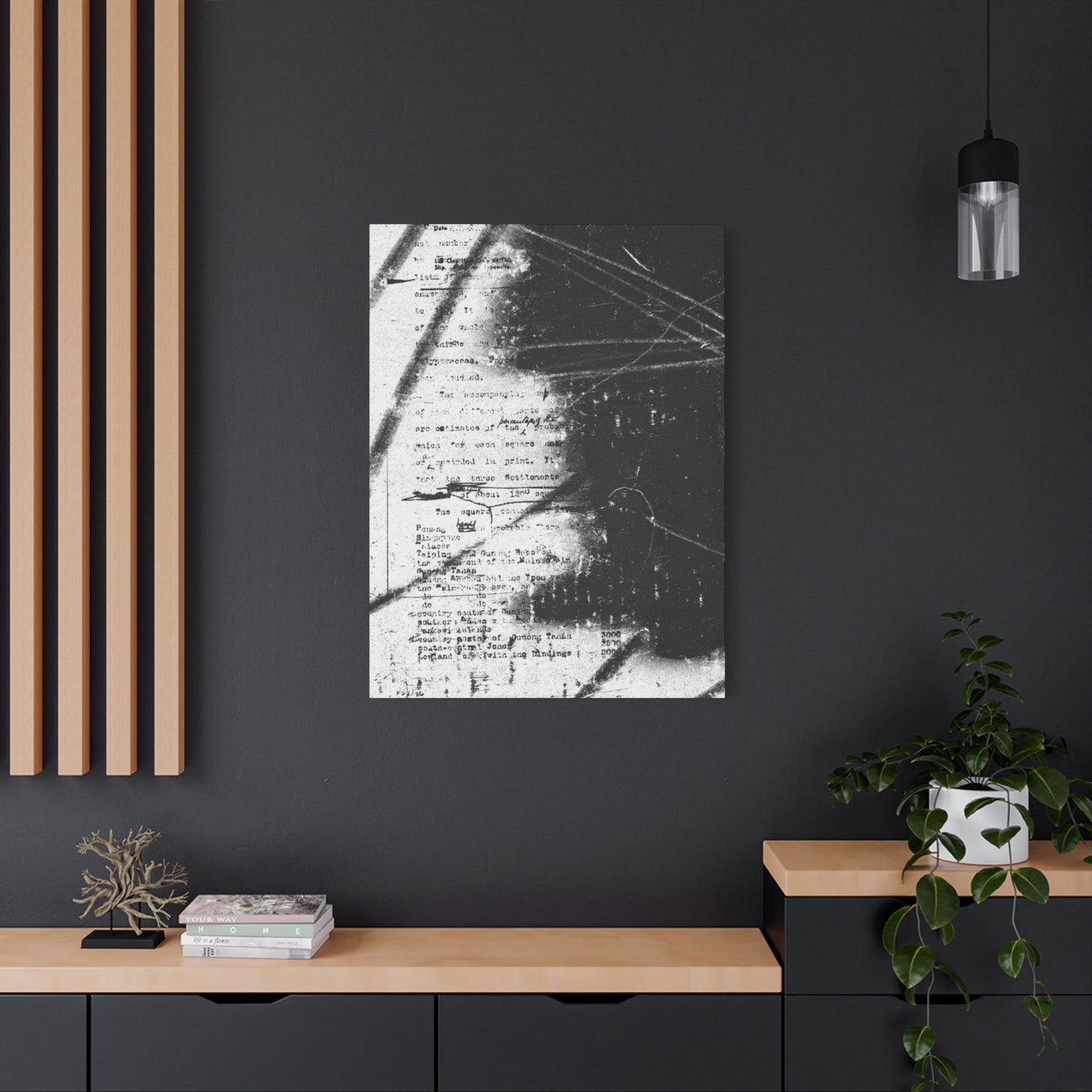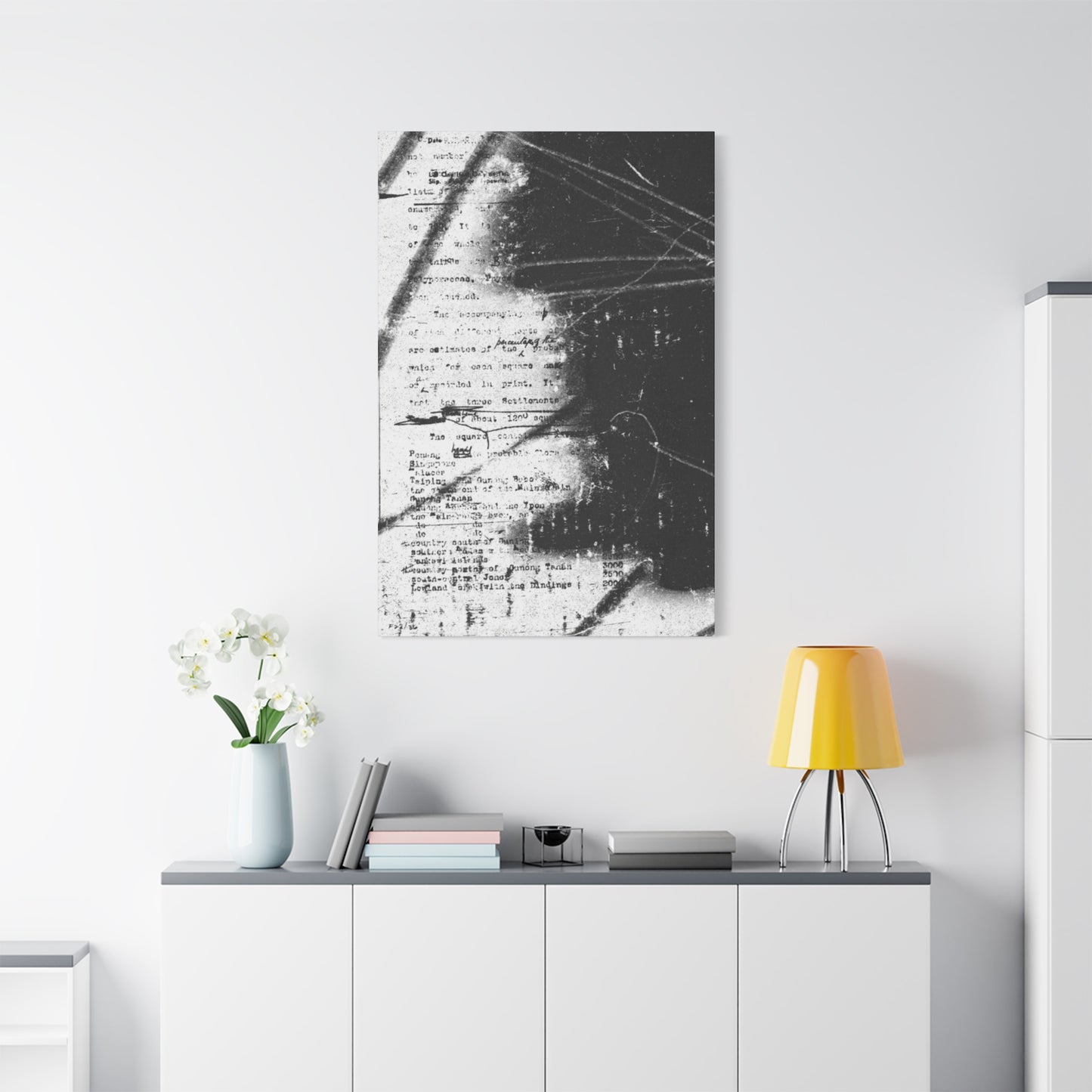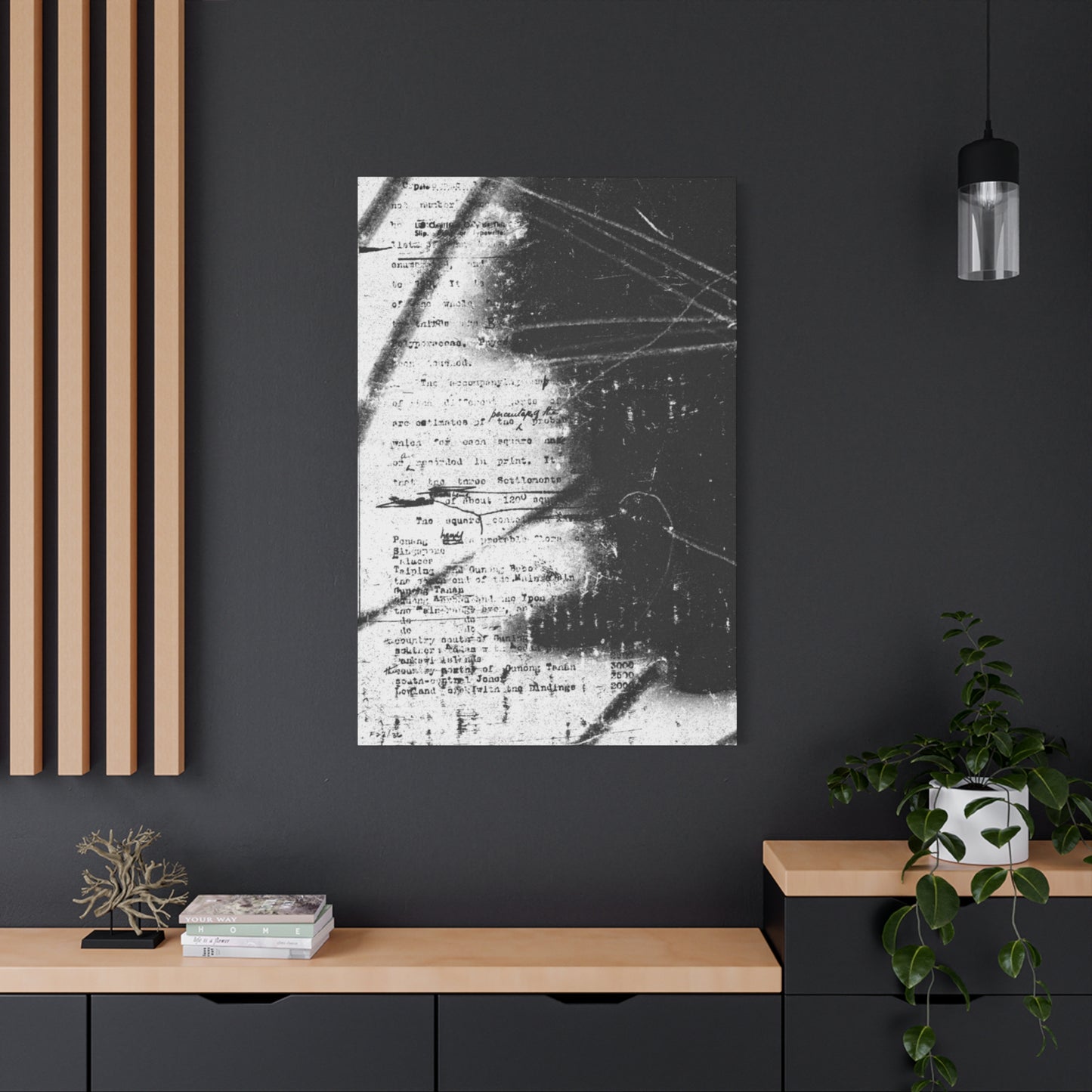Burnt Letter Wall Art: Exploring Mixed Media Magic Through Fire and Typography
Mixed media artistry has evolved dramatically in recent years, with artists pushing boundaries by incorporating unconventional materials and techniques. Among these innovative approaches, burnt letter wall art stands as a particularly captivating form that combines the raw power of fire with the elegance of typography. This artistic medium creates stunning visual narratives that speak to both the fragility and permanence of human expression.
The process of creating burnt letter art begins with selecting appropriate materials. Artists typically work with canvas, paper, or wood surfaces that can withstand controlled burning techniques. The letters themselves can be created using various methods, from stencils and templates to freehand drawing. The burning process requires careful attention to safety protocols while maintaining artistic vision.
Canvas serves as an excellent foundation for burnt letter mixed media pieces due to its durability and texture. When heat is applied to canvas, it creates unique patterns and color variations that cannot be replicated through traditional painting techniques. The organic nature of fire ensures that each piece becomes truly one-of-a-kind, with subtle variations in how the flames interact with the fabric fibers.
Artists often combine burnt elements with other media such as acrylic paints, charcoal, ink washes, and collage materials. This layering approach creates depth and complexity that draws viewers into the artwork. The contrast between smooth painted surfaces and rough burnt textures adds visual interest and tactile appeal.
The preparation phase involves careful planning of the burning process. Artists must consider factors such as flame intensity, duration of exposure, and protective measures for surrounding areas. Many practitioners use controlled burning techniques with specialized tools like wood burning pens, torches, or even matches for more delicate work.
Safety considerations are paramount when working with fire and mixed media. Proper ventilation, fire-resistant work surfaces, and emergency extinguishing materials should always be within reach. Artists must also consider the long-term stability of burnt materials and may apply protective coatings to preserve the artwork over time.
The aesthetic appeal of burnt letter art lies in its ability to convey multiple layers of meaning. The destructive force of fire transforms into a creative tool, symbolizing renewal, transformation, and the beauty that can emerge from apparent destruction. This duality resonates with viewers on both conscious and subconscious levels.
Color palettes in burnt letter mixed media works often range from deep blacks and browns to warm oranges and reds, reflecting the natural colors produced by controlled burning. However, artists frequently incorporate contrasting cool tones or vibrant accent colors to create dynamic visual tension and highlight specific elements within the composition.
The Art of Fire and Ink: Burnt Letter Wall Art
The marriage of fire and ink in artistic expression represents one of the most compelling developments in contemporary mixed media art. This technique transforms ordinary letters and words into powerful visual statements that capture attention and provoke thought. The unpredictable nature of fire creates organic forms that ink alone cannot achieve, resulting in artwork that feels both controlled and spontaneous.
Traditional ink work provides precision and clarity, while fire introduces an element of chance and natural beauty. When these two forces combine, they create textures and patterns that speak to the primal human fascination with both written communication and the transformative power of flame. Artists working in this medium must master both careful planning and adaptability to unexpected results.
The selection of inks plays a crucial role in the success of burnt letter wall art. Some inks react differently to heat, creating interesting color shifts or unusual texturing effects. Water-based inks may behave differently than alcohol-based formulations when exposed to flame, and artists often experiment with various combinations to achieve desired effects.
Typography selection becomes particularly important in burnt letter art, as different fonts and letterforms respond uniquely to fire treatment. Serif fonts with delicate details may burn differently than bold sans-serif designs. Artists must consider how the burning process will alter the readability and visual impact of their chosen typography.
The timing of when ink and fire are applied can dramatically affect the final result. Some artists prefer to burn first and then add ink details, while others apply ink before burning to create unique interaction effects. Each approach offers distinct advantages and challenges, requiring artists to develop their own preferred methodologies through experimentation.
Layer building in fire and ink pieces often involves multiple burning and inking sessions. This gradual construction allows artists to build complexity while maintaining control over the overall composition. Each layer adds depth and richness to the final piece, creating artwork that rewards close examination and reveals new details over time.
The philosophical implications of combining fire and ink extend beyond mere technique. Fire represents destruction and transformation, while ink symbolizes permanence and communication. Their combination suggests themes of renewal, the temporary nature of all things, and the power of ideas to survive even destructive forces.
Temperature control becomes critical when working with both fire and ink. Different heat levels produce varying effects on both materials, and artists must develop sensitivity to these subtle variations. Practice and experimentation help artists understand how their materials will behave under different conditions, leading to more predictable and intentional results.
Creating Texture with Burnt Letter Techniques
Texture creation through burnt letter techniques opens up endless possibilities for artists seeking to add dimensional interest to their wall art. The controlled application of heat to letters and surrounding areas produces surface variations that cannot be achieved through traditional painting or drawing methods. These textural elements create visual and sometimes tactile experiences that engage viewers on multiple sensory levels.
The basic technique involves using heat sources of varying intensities to create different textural effects. Light burning might produce subtle color changes and slight surface roughening, while more intense heat applications can create deep charring, raised edges, and dramatic surface alterations. Understanding how different materials respond to various heat levels enables artists to create precisely the textures they envision.
Canvas preparation plays a significant role in texture development. Pre-treated canvases may respond differently to burning than raw materials. Some artists prefer to work with unprimed surfaces that allow for more dramatic texture creation, while others use specially prepared grounds that enhance certain burning effects. Experimenting with different surface preparations helps artists develop their preferred working methods.
Layering burnt elements creates complex textural landscapes within single artworks. Artists might burn initial letter forms, then add additional materials like paper fragments or fabric pieces that are subsequently burned to create multi-level textures. This building process allows for sophisticated textural development that adds visual depth and interest.
Tool selection significantly impacts texture creation possibilities. Different heat sources produce distinct textural effects, from the fine control possible with wood burning pens to the broad, organic textures created by torch applications. Artists often use multiple tools within single pieces to achieve varied textural elements that serve different compositional purposes.
Pattern creation through controlled burning enables artists to develop repetitive textural elements that unify compositions or create focal points. These patterns might follow the natural shapes of letters or create contrasting geometric elements that interact with the organic forms produced by fire. The interplay between planned patterns and random fire effects creates visually dynamic results.
Surface protection techniques allow artists to create selective texturing within their compositions. Masking materials can protect certain areas from fire damage while allowing other sections to be heavily textured. This selective approach enables precise control over where textural elements appear within the overall composition.
The interaction between burnt textures and other media adds another dimension to mixed media works. Paints, inks, and other materials may flow differently over burnt surfaces, creating unique application effects and color interactions. These material relationships become part of the artistic decision-making process and contribute to the final visual impact.
How to Style Burnt Letter Mixed Media Art
Styling burnt letter mixed media art within residential and commercial environments requires careful consideration of both the artwork's inherent characteristics and the surrounding context. These pieces often carry strong visual weight due to their textural complexity and dramatic color contrasts, making placement and accompanying elements crucial factors in successful styling approaches.
Color coordination becomes particularly important when styling burnt letter art, as these pieces typically feature warm earth tones from the burning process. Surrounding colors should either complement these natural hues or provide intentional contrast that enhances the artwork's impact. Neutral backgrounds often work well, allowing the textural elements to become the focal point without competing for attention.
Lighting considerations play a crucial role in how burnt letter art is perceived and appreciated. These pieces benefit from lighting that emphasizes their textural qualities, such as directional spotlights or track lighting that creates shadows and highlights across the burned surfaces. Natural light can also enhance these works, but direct sunlight should be avoided to prevent further deterioration of burnt elements.
Scale relationships between artwork and surrounding furnishings must be carefully balanced. Burnt letter pieces often have strong visual presence, so they may overwhelm smaller decorative objects nearby. Conversely, placing them in contexts with appropriately scaled furniture and accessories helps create harmonious compositions that feel intentional and well-planned.
Grouping strategies for multiple burnt letter pieces can create powerful visual statements. Series of related works might be arranged in grids, linear sequences, or organic clusters depending on the specific pieces and available wall area. The spacing between pieces should allow each work to maintain its individual impact while contributing to the overall grouping effect.
Framing considerations for burnt letter art require special attention to preservation and presentation needs. These pieces may require custom framing solutions that accommodate their textural elements while protecting them from environmental damage. Matting choices should complement rather than compete with the burnt elements, often favoring neutral tones that enhance the artwork's natural colors.
Seasonal styling adaptations can help burnt letter art feel fresh and relevant throughout the year. While the inherent warmth of these pieces makes them particularly suitable for autumn and winter displays, thoughtful accessory choices and color accents can make them work effectively in spring and summer settings as well.
Professional installation may be necessary for larger or heavier burnt letter pieces, particularly those incorporating three-dimensional elements or unusual materials. Proper mounting ensures both safety and optimal visual presentation, while protecting the integrity of delicate burnt elements that might be damaged by improper handling.
The Symbolism Behind Burnt Letter Artworks
The symbolic dimensions of burnt letter artworks extend far beyond their immediate visual impact, tapping into deep human associations with fire, destruction, renewal, and the permanence of written communication. These works often explore themes of transformation, loss, memory, and the cyclical nature of creation and destruction that resonates across cultures and personal experiences.
Fire as a transformative force appears throughout human history and mythology, representing both destructive power and purifying renewal. In burnt letter art, this duality becomes particularly poignant as the very act of burning paradoxically creates rather than destroys meaning. The controlled destruction of letter forms through fire transforms them into something new and often more visually compelling than their original state.
Typography itself carries symbolic weight in these works, representing human communication, learning, and the preservation of knowledge across time. When letters are subjected to fire, the resulting artwork comments on themes of fragility and permanence, suggesting that ideas and communication transcend their physical manifestations. The burnt remains of letters might be seen as archaeological artifacts of thought and expression.
Personal and collective memory themes emerge frequently in burnt letter works, as fire has long been associated with both the destruction of records and the forging of lasting memories through shared experiences. Artists working in this medium often explore how traumatic or transformative experiences leave their marks on individual and cultural consciousness, much as fire leaves its permanent marks on physical materials.
The concept of phoenix-like renewal resonates strongly in burnt letter artworks, where apparent destruction leads to new forms of beauty and meaning. This transformation metaphor speaks to human resilience and the ability to find new purpose and beauty even after experiencing loss or trauma. The artwork becomes a physical manifestation of hope and regeneration.
Religious and spiritual symbolism often appears in burnt letter works, drawing on traditions that view fire as a purifying force or divine presence. Many cultures associate fire with spiritual transformation, enlightenment, and communication with higher powers. Artists may consciously or unconsciously tap into these associations when creating burnt letter pieces.
Environmental themes increasingly appear in contemporary burnt letter art, where controlled burning serves as commentary on wildfire destruction, climate change, and humanity's relationship with natural forces. The careful control required for artistic burning contrasts with uncontrolled environmental destruction, creating layered meanings about stewardship and responsibility.
Social and political commentary emerges in works where specific texts or messages are subjected to burning processes. The selection of which words or phrases to burn, partially burn, or leave intact can create powerful statements about censorship, freedom of expression, and the survival of ideas under pressure. These works often provoke discussion about contemporary social issues while maintaining artistic merit.
DIY Burnt Letter Painting Ideas
Creating burnt letter paintings at home offers artists and craft enthusiasts opportunities to explore this compelling medium while developing their own unique approaches and styles. Safety considerations must always come first when working with fire and heat sources, but with proper precautions, home-based artists can create stunning pieces that rival professional studio work.
Basic supply gathering forms the foundation of any DIY burnt letter project. Essential materials include appropriate canvases or paper, various heat sources like wood burning tools or carefully controlled flame sources, protective equipment including gloves and safety glasses, and adequate ventilation systems. Additional supplies might include stencils, inks, paints, and finishing materials for completed works.
Workspace preparation requires careful attention to safety protocols and fire prevention measures. Working areas should be clear of flammable materials, well-ventilated, and equipped with appropriate fire extinguishing materials. Fire-resistant work surfaces protect underlying furniture and flooring while providing stable platforms for creative work. Proper lighting ensures clear visibility during detailed burning work.
Beginner-friendly techniques help newcomers to burnt letter art develop skills gradually while maintaining safety standards. Starting with simple letter forms and light burning applications allows artists to understand how their materials respond to heat before attempting more complex effects. Practice pieces help develop confidence and technique before working on final artwork intended for display.
Typography selection for DIY projects should consider both aesthetic preferences and practical burning considerations. Bold, simple fonts often work better for beginning artists than delicate serif faces that require more precise burning control. Computer-printed templates can help ensure consistent letter forms, while hand-drawn letters offer more organic, personalized results.
Color integration techniques allow DIY artists to combine burnt elements with traditional painting and drawing media. Understanding how different paints and inks interact with burnt surfaces helps create cohesive compositions. Some materials adhere better to burnt areas than others, and experimentation helps artists understand these material relationships.
Project documentation becomes important for DIY artists who want to repeat successful techniques or share their methods with others. Photographing work in progress, noting successful tool settings and timing, and keeping records of material combinations helps build a personal reference library for future projects.
Troubleshooting common problems helps DIY artists overcome typical challenges in burnt letter work. Over-burning, under-burning, uneven heating effects, and unwanted fire spread are common issues that can be addressed through technique adjustments and better material understanding. Learning to work with rather than against the unpredictable nature of fire becomes part of the artistic process.
Progressive skill building allows DIY artists to tackle increasingly complex projects as their experience grows. Starting with single letters or short words and gradually working up to longer texts, multiple burning layers, and integration with other media provides a logical learning progression that builds confidence and capability over time.
Modern Environments Meet Rustic Burnt Letter Art
The juxtaposition of rustic burnt letter art within contemporary architectural settings creates compelling visual dialogues that bridge traditional craft techniques with modern aesthetic sensibilities. This intersection challenges conventional design boundaries and offers unique opportunities for creating personalized, emotionally resonant living and working environments.
Contemporary minimalist settings provide particularly effective backdrops for burnt letter art, where the textural richness and organic nature of these pieces create welcome contrast against clean lines and smooth surfaces. The handmade quality inherent in burnt letter works introduces human warmth into potentially sterile modern environments, making them feel more inviting and personally meaningful.
Industrial design elements often complement burnt letter art beautifully, as both draw inspiration from raw materials and honest construction methods. Exposed brick walls, steel fixtures, and concrete surfaces provide neutral backgrounds that allow the warm tones and complex textures of burnt letter pieces to take center stage while maintaining visual harmony with the overall design scheme.
Mid-century modern furnishings can be effectively paired with burnt letter art through careful attention to scale and color relationships. The warm wood tones common in mid-century pieces echo the natural colors produced by burning processes, while the clean lines of period furniture provide visual balance against the organic textures of burnt letter works.
Open floor plan considerations become important when incorporating burnt letter art into modern living environments. These pieces often work best as focal points that help define different areas within larger continuous areas. Strategic placement can help create visual anchors that organize and define functional zones without requiring physical barriers.
Technology integration presents interesting challenges and opportunities when displaying burnt letter art in modern settings. Contemporary homes often feature sophisticated lighting systems, climate control, and security measures that can be optimized to preserve and present these artworks effectively while maintaining the technological conveniences expected in modern living environments.
Material palette coordination becomes crucial when balancing rustic art elements with modern furnishing choices. Successful integration often involves finding common colors, textures, or materials that bridge the gap between handmade artistic elements and manufactured contemporary furnishings. This might involve selecting modern pieces with natural wood elements or choosing art frames that echo other materials used throughout the environment.
Architectural lighting design can dramatically enhance burnt letter art in modern settings through careful use of track systems, recessed fixtures, or specialty art lighting. These pieces benefit from lighting that emphasizes their dimensional qualities while avoiding excessive heat that might cause further deterioration of burnt elements.
Best Frames for Burnt Letter Mixed Media Prints
Selecting appropriate frames for burnt letter mixed media prints requires careful consideration of both preservation needs and aesthetic presentation goals. These unique artworks often present special framing challenges due to their textural elements, potential off-gassing from burnt materials, and the need to protect delicate surfaces while maximizing visual impact.
Conservation framing principles apply particularly strongly to burnt letter works, as the burning process may create materials that continue to change over time. Acid-free matting materials, UV-protective glazing, and proper spacing between artwork and glass help preserve these pieces for long-term enjoyment. Professional consultation may be advisable for valuable or irreplaceable works.
Frame material choices significantly impact both the aesthetic presentation and long-term preservation of burnt letter art. Natural wood frames often complement the organic nature of burnt elements, while metal frames might provide better protection against environmental factors. The choice between these options should consider both visual preferences and practical preservation needs.
Matting considerations become complex with textured burnt letter pieces, as traditional flat matting may not accommodate three-dimensional elements effectively. Custom matting solutions, including stepped or floating mats, might be necessary to properly display works with significant textural components. Color choices should complement rather than compete with the burnt elements.
Glazing options present important decisions for burnt letter art protection and presentation. Regular glass provides basic protection but may create reflections that interfere with viewing textured surfaces. Museum-quality glazing offers superior UV protection and reduced reflection but comes at higher cost. Some artists prefer no glazing to maintain direct access to textural elements, accepting increased risk of damage.
Depth considerations vary significantly depending on the dimensional characteristics of individual burnt letter pieces. Standard frame depths may not accommodate works with raised burnt elements or multiple layered components. Custom framing solutions might be necessary to properly house and protect three-dimensional elements while maintaining visual accessibility.
Mounting techniques for burnt letter art must balance secure attachment with preservation concerns. Traditional mounting methods may not be suitable for fragile burnt elements, requiring specialized approaches that support the artwork without causing damage. Professional framers experienced with mixed media works often provide the best solutions for challenging pieces.
Hardware specifications become important for heavier burnt letter pieces, particularly those incorporating multiple materials or dimensional elements. Proper wall anchoring and hanging systems ensure safety while protecting the artwork from stress-related damage. Professional installation may be advisable for valuable or particularly complex pieces.
Using Burnt Letter Art to Add Depth and Drama
Burnt letter art possesses inherent qualities that make it exceptionally effective for adding visual depth and emotional drama to any environment. The interplay between burnt textures and smooth surfaces, combined with the strong contrast between light and dark elements, creates compelling focal points that draw attention and maintain visual interest over time.
Layered visual depth emerges naturally from the burning process, as heat creates varying levels of surface alteration that catch and reflect light differently. These subtle elevation changes create shadow patterns that shift throughout the day as lighting conditions change, ensuring that the artwork continues to reveal new aspects and maintain viewer engagement through natural variation.
Dramatic lighting effects can be enhanced through strategic placement and illumination choices that emphasize the textural qualities of burnt letter pieces. Directional lighting creates strong shadow patterns that accentuate the three-dimensional aspects of burnt surfaces, while softer ambient lighting allows viewers to appreciate color variations and subtle surface changes without harsh contrasts.
Color intensity variations within burnt letter works contribute significantly to their dramatic impact. The natural progression from unburnt areas through lightly charred sections to deeply burnt regions creates organic gradations that feel both controlled and spontaneous. These tonal variations provide visual complexity that rewards close examination while maintaining strong impact from viewing distances.
Emotional resonance in burnt letter art often stems from the psychological associations most people have with fire, destruction, and renewal. These subconscious connections add layers of meaning that enhance the dramatic impact of the visual elements, creating artwork that engages viewers on both conscious aesthetic levels and deeper emotional or spiritual dimensions.
Scale relationships between burnt letter pieces and their surrounding environments affect their dramatic impact significantly. Larger works create more commanding presence and can anchor entire room compositions, while smaller pieces might function as intimate focal points that draw viewers into closer examination of their textural details and craftsmanship.
Textural contrast opportunities abound when incorporating burnt letter art into environments with predominantly smooth surfaces. The rough, organic textures produced by burning processes provide welcome relief from the uniformity of modern manufactured materials, adding tactile interest that makes environments feel more engaging and personally meaningful.
Compositional anchoring becomes possible through strategic placement of burnt letter pieces that serve as visual organizing elements within larger design schemes. These works often possess enough visual weight to balance other significant design elements while providing focal points that help define and organize surrounding arrangements.
Top Artists in Burnt Letter Mixed Media
The field of burnt letter mixed media art continues to evolve through the innovative work of contemporary artists who push the boundaries of traditional techniques while exploring new conceptual territories. These practitioners combine technical mastery with conceptual depth, creating works that advance the medium while inspiring new generations of artists to explore fire-based artistic techniques.
Contemporary pioneers in this field have developed distinctive approaches that demonstrate the versatility and expressive potential of burnt letter techniques. Some artists focus on large-scale installations that incorporate architectural elements, while others create intimate works that invite close examination of subtle burning effects and material relationships.
Historical influences on current burnt letter artists often trace back to ancient practices of mark-making with fire and early experiments with controlled burning for decorative purposes. Understanding these historical connections helps contemporary artists develop techniques that honor traditional methods while incorporating modern materials and conceptual frameworks.
Technical innovations continue to emerge as artists experiment with new tools, materials, and processes for creating burnt letter effects. Digital technologies sometimes inform the design process, while traditional hand techniques remain central to the actual creation of the artworks. This combination of old and new approaches characterizes much of the most exciting contemporary work in this medium.
Regional variations in burnt letter art reflect different cultural attitudes toward fire, typography, and mixed media approaches. Artists from different geographic areas often bring unique perspectives and techniques that reflect their cultural backgrounds and available materials, contributing to the global diversity of approaches within this artistic medium.
Educational influences shape how emerging artists learn and develop their burnt letter techniques. Workshop traditions, mentorship relationships, and formal educational programs all contribute to skill development and conceptual understanding. The transfer of knowledge between generations of artists helps maintain technical traditions while encouraging innovation and personal expression.
Gallery representation and commercial success for burnt letter artists varies widely depending on factors such as artistic vision, technical execution, and market demand. Some artists find success in fine art markets, while others focus on decorative applications or custom commission work. Understanding these different market segments helps artists develop sustainable career strategies.
Critical reception of burnt letter art continues to evolve as critics and curators develop frameworks for understanding and evaluating work in this relatively new medium. Scholarly attention to the historical, technical, and conceptual aspects of burnt letter art helps establish its legitimacy within contemporary art discourse while encouraging further exploration and development.
Burnt Letters as a Statement Piece
Burnt letter artworks naturally command attention and serve as powerful statement pieces that anchor design schemes and provoke conversation. Their unique combination of destroyed and created elements, coupled with the dramatic visual impact of fire-altered surfaces, makes them particularly effective as focal points that define and characterize entire environments.
Conceptual weight carried by burnt letter pieces often exceeds their physical dimensions, as viewers respond to both the visual elements and the implied processes of creation. The knowledge that fire was used deliberately as a creative tool adds layers of meaning that enhance the psychological impact of these works beyond their immediate aesthetic appeal.
Conversation starter potential ranks high for burnt letter art, as most viewers are curious about the techniques used to create such pieces and the meanings behind specific textual choices. This interactive quality makes burnt letter works particularly valuable in social environments where artwork serves not only decorative purposes but also facilitates discussion and connection between people.
Spatial dominance characteristics of burnt letter pieces must be considered when selecting and placing them as statement elements. These works often possess strong visual presence that can easily overwhelm smaller decorative objects or compete with other significant design elements. Successful integration requires careful attention to scale relationships and visual balance.
Personal significance often drives the selection of burnt letter pieces as statement works, as the textual elements can carry deep personal meaning while the burning process adds layers of transformation metaphor. Commissioning custom pieces with personally meaningful text or phrases creates statement works that reflect individual values, experiences, or aspirations.
Durability considerations become important for statement pieces that will serve as long-term focal points within designed environments. Proper preservation techniques, appropriate framing, and strategic placement away from damaging environmental factors help ensure that these significant investments maintain their impact and condition over time.
Lighting design for statement burnt letter pieces often requires specialized attention to maximize their visual impact while protecting them from heat damage. Professional lighting consultation might be advisable for valuable pieces or complex installation situations where optimal presentation and preservation must be balanced.
Investment potential varies among burnt letter artworks depending on factors such as artist reputation, technical execution, conceptual depth, and market demand. Statement pieces often represent significant financial commitments, making it important to research artists, understand market trends, and consider long-term value retention when making selection decisions.
Combining Typography and Texture in Wall Art
The integration of typographic elements with textural surfaces represents one of the most compelling aspects of burnt letter wall art, where the clarity of written communication meets the organic complexity of fire-altered materials. This combination creates visual tensions that enhance both the readability of textual content and the sensual appeal of surface variations.
Readability considerations become complex when typography is subjected to burning processes that inevitably alter letter forms and potentially compromise legibility. Successful burnt letter pieces often balance the desire for dramatic textural effects against the need to maintain sufficient clarity for textual content to remain meaningful and accessible to viewers.
Font selection plays a crucial role in determining how successfully typographic elements will survive and benefit from burning processes. Bold, simple fonts typically withstand burning better than delicate designs with fine serifs or complex details. Understanding how different typefaces respond to heat helps artists make informed decisions about which fonts will serve their artistic goals effectively.
Scale relationships between individual letters and overall compositions affect both the textural impact and typographic clarity of burnt letter works. Larger letter forms provide more surface area for textural development while potentially maintaining better readability after burning. Smaller text might become illegible but could contribute to overall pattern and texture effects.
Texture distribution patterns within typographic compositions can be controlled through selective burning techniques that emphasize certain words, phrases, or letters while leaving others relatively unchanged. This selective approach allows artists to create hierarchical emphasis that guides viewer attention while building complex textural landscapes across the artwork surface.
Integration techniques for combining burnt typography with other textural elements help create cohesive compositions that feel unified rather than chaotic. Understanding how burnt letter textures interact with painted surfaces, collage elements, or other media enables artists to build complex works that maintain visual coherence despite their material diversity.
Surface preparation methods affect how typography and texture interact within individual artworks. Different ground preparations, primer applications, and surface treatments can influence both the burning characteristics and the adhesion properties of subsequently applied materials. Experimentation with various preparation techniques helps artists develop personalized approaches that serve their specific artistic goals.
Finishing considerations become important for maintaining the longevity and appearance of combined typographic and textural elements. Protective coatings, fixatives, and other preservation treatments must be compatible with both burnt materials and any other media used within the compositions while maintaining the desired visual characteristics of the finished works.
The Allure of Imperfection: Burnt Letter Art
The embrace of imperfection in burnt letter art reflects broader cultural movements toward authenticity, handmade aesthetics, and acceptance of natural variation as sources of beauty and meaning. The unpredictable nature of fire ensures that each piece contains unique elements that cannot be precisely controlled or replicated, creating artworks that celebrate spontaneity and organic development.
Controlled chaos principles guide many burnt letter artists who seek to balance intentional design decisions with acceptance of unexpected results that emerge from the burning process. This philosophy requires artists to develop comfort with uncertainty while maintaining enough technical control to achieve their broader artistic goals and create successful compositions.
Natural variation celebration appears throughout burnt letter works, where slight differences in burning intensity, duration, or material response create subtle distinctions that add visual interest and prevent mechanical uniformity. These organic variations make each piece feel alive and responsive to natural forces rather than manufactured according to rigid specifications.
Wabi-sabi aesthetic philosophy finds natural expression in burnt letter art, where the beauty of impermanence, imperfection, and incompleteness becomes central to the artistic appeal. The acknowledgment that fire irreversibly alters materials connects with philosophical traditions that find deep meaning in accepting and celebrating transience and change.
Handmade authenticity becomes increasingly valuable in digital age contexts where mass production and perfect replication are common. Burnt letter art offers tangible evidence of human involvement and individual expression that cannot be duplicated through mechanical processes, providing genuine uniqueness in environments often dominated by manufactured uniformity.
Emotional resonance often stems from viewers' recognition that imperfections in burnt letter art reflect similar imperfections in human experience and natural processes. This connection creates empathetic responses that go beyond aesthetic appreciation to include deeper recognition of shared vulnerability and authentic expression.
Technical acceptance of unpredictable outcomes requires artists working with burnt letter techniques to develop philosophical and practical strategies for incorporating unexpected results into successful compositions. This might involve developing multiple compositional approaches that can adapt to various burning outcomes or learning to see beauty in results that differ from initial intentions.
Therapeutic value emerges for many artists who find the process of controlled burning and acceptance of imperfect results psychologically beneficial. The practice of letting go of perfect control while still engaging in purposeful creative activity can provide stress relief and personal growth opportunities that extend beyond the artistic outcomes themselves.
How to Incorporate Burnt Letter Art in Minimalist Rooms
Minimalist design principles emphasize simplicity, functionality, and the elimination of unnecessary elements, making the integration of textually complex burnt letter art both challenging and potentially rewarding. When successfully incorporated, these pieces can serve as powerful focal points that add warmth and human interest to otherwise spare environments without compromising the clean aesthetic that defines minimalist approaches.
Color palette coordination becomes crucial when introducing burnt letter art into minimalist settings that typically rely on neutral tones and limited color schemes. The warm earth tones naturally produced by burning processes often complement minimalist palettes beautifully, providing organic color variation that enhances rather than disrupts the overall design harmony.
Scale considerations take on heightened importance in minimalist environments where every element receives increased visual attention due to reduced visual competition. Burnt letter pieces must be appropriately sized to create impact without overwhelming the clean lines and open feeling that characterize successful minimalist design approaches.
Placement strategies in minimalist rooms often involve using burnt letter art as carefully chosen focal points that anchor otherwise spare compositions. Strategic positioning can help define functional areas within open floor plans while maintaining the uncluttered feeling that minimalist design seeks to achieve through thoughtful element selection and arrangement.
Textural contrast opportunities abound when introducing organic burnt letter surfaces into environments dominated by smooth, manufactured materials. The rough, handmade qualities of burnt letter art provide welcome tactile interest that makes minimalist environments feel warmer and more personally meaningful without adding visual clutter.
Functional integration approaches might involve selecting burnt letter pieces that serve dual purposes, such as inspirational text that provides personal meaning while functioning as decorative elements. This dual functionality aligns with minimalist principles that favor elements serving multiple purposes over purely decorative additions.
Lighting considerations become particularly important in minimalist settings where dramatic lighting can enhance the impact of carefully selected art pieces. Professional lighting design might be warranted to maximize the visual impact of burnt letter textures while maintaining the clean, uncluttered lighting schemes that support minimalist aesthetic goals.
Maintenance requirements for burnt letter art in minimalist environments should align with the low-maintenance lifestyle preferences that often accompany minimalist design choices. Selecting pieces with appropriate protective treatments and understanding proper care procedures helps ensure that these artistic investments remain beautiful with minimal ongoing attention requirements.
Layering Techniques in Mixed Media Burnt Letter Art
Advanced layering techniques in mixed media burnt letter art create complex visual narratives that reward extended viewing and reveal new details over time. These approaches build depth through careful combination of burnt elements with other media, requiring artists to understand how different materials interact and influence each other throughout the creative process.
Sequential burning applications allow artists to build textural complexity gradually while maintaining control over the overall composition development. Initial light burning might establish basic letter forms and surface textures, while subsequent burning sessions add deeper textures, selective emphasis, and refined details that enhance the overall visual impact.
Media integration strategies help artists combine burnt elements with paints, inks, collage materials, and other media in ways that create cohesive rather than chaotic compositions. Understanding the adhesion properties, color interactions, and application characteristics of different materials helps artists make informed decisions about layering sequences and technique combinations.
Temporal considerations become important in layered burnt letter works, as some materials must be applied while others are still wet or warm, while other combinations require complete drying between applications. Planning the sequence of operations helps ensure successful integration of multiple elements while avoiding technical problems that could compromise the finished work.
Depth creation through layering involves both physical dimension building and optical illusion techniques that enhance the perception of spatial depth within two-dimensional works. Strategic use of overlapping elements, color temperature variations, and textural contrasts can create convincing depth effects that add visual interest and compositional sophistication.
Color interaction effects become complex in layered burnt letter pieces where multiple media with different optical properties combine to create final color appearances. Understanding how burnt surfaces affect the appearance of subsequently applied colors helps artists achieve desired color relationships and avoid unwanted muddy or unclear color effects.
Preservation challenges increase with complex layered compositions that combine materials with different aging characteristics and preservation requirements. Long-term stability considerations should inform media selection and layering decisions to ensure that completed works maintain their intended appearance and structural integrity over time.
Documentation importance grows with complex layered works where artists might want to repeat successful technique combinations or troubleshoot problems that arise during the creative process. Detailed records of materials, application sequences, and timing help artists refine their approaches and share successful methods with others interested in similar techniques.
Burnt Letter Art for Industrial Style Environments
Industrial design aesthetics provide natural complementary contexts for burnt letter art, where the raw, honest materials and exposed construction methods common to both approaches create harmonious visual relationships. The authentic handmade qualities of burnt letter pieces enhance the genuine material expression that defines successful industrial design approaches.
Material relationships between burnt letter art and industrial design elements often center on shared appreciation for honest material expression and visible construction processes. The rough textures and organic color variations created by burning processes echo the weathered metals, exposed brick, and worn wood surfaces that characterize industrial design environments.
Color coordination opportunities abound in industrial settings where neutral color palettes dominated by grays, browns, and blacks provide ideal backgrounds for the warm earth tones naturally produced by burning processes. These complementary color relationships create visual harmony while allowing both architectural and artistic elements to maintain their individual character and impact.
Lighting integration becomes particularly effective in industrial environments where exposed fixtures and track systems provide flexible options for illuminating burnt letter art pieces. The dramatic lighting often used in industrial settings can enhance the textural qualities of burnt letter works while maintaining the bold, unpretentious aesthetic that defines this design approach.
Scale considerations in industrial environments often favor larger, more commanding artworks that can hold their own against the substantial architectural elements common to converted warehouses, loft apartments, and industrial-inspired new construction. Burnt letter pieces must possess sufficient visual weight to balance exposed structural elements and large-scale industrial fixtures.
Conclusion
Burnt Letter Wall Art offers a compelling fusion of mixed media creativity and symbolic storytelling, where the raw power of fire meets the precision of typography. This distinctive art form transforms ordinary letters and text into evocative visual experiences by incorporating the unpredictable textures and charred aesthetics created through burning. The result is a striking interplay between destruction and creation—highlighting how imperfection and transformation can bring new meaning and depth to artistic expression.
At its core, Burnt Letter Wall Art explores themes of resilience, impermanence, and rebirth. Each piece tells a unique story, shaped by the organic patterns of flames and smoke, making every work truly one of a kind. The charred edges and smoky gradients add layers of texture and emotion, inviting viewers to reflect on the fragile beauty of words and the transformative power of fire as both a destructive and creative force.
Visually, this mixed media art complements a wide range of décor styles—from industrial lofts and modern minimalist spaces to eclectic and avant-garde interiors. The contrast between the bold typography and the organic, unpredictable burn marks creates a captivating tension that draws the eye and sparks conversation. Whether used as a focal point in a living room or an inspiring accent in a creative studio, Burnt Letter Wall Art adds depth, character, and a sense of storytelling to any environment.
Ultimately, Burnt Letter Wall Art transcends conventional boundaries by merging tactile craft with conceptual design. It challenges traditional notions of perfection in art and celebrates the beauty found in transformation and imperfection. For collectors and art enthusiasts looking for meaningful, textured pieces, this genre offers a powerful way to bring emotion, history, and innovation into their spaces.

















